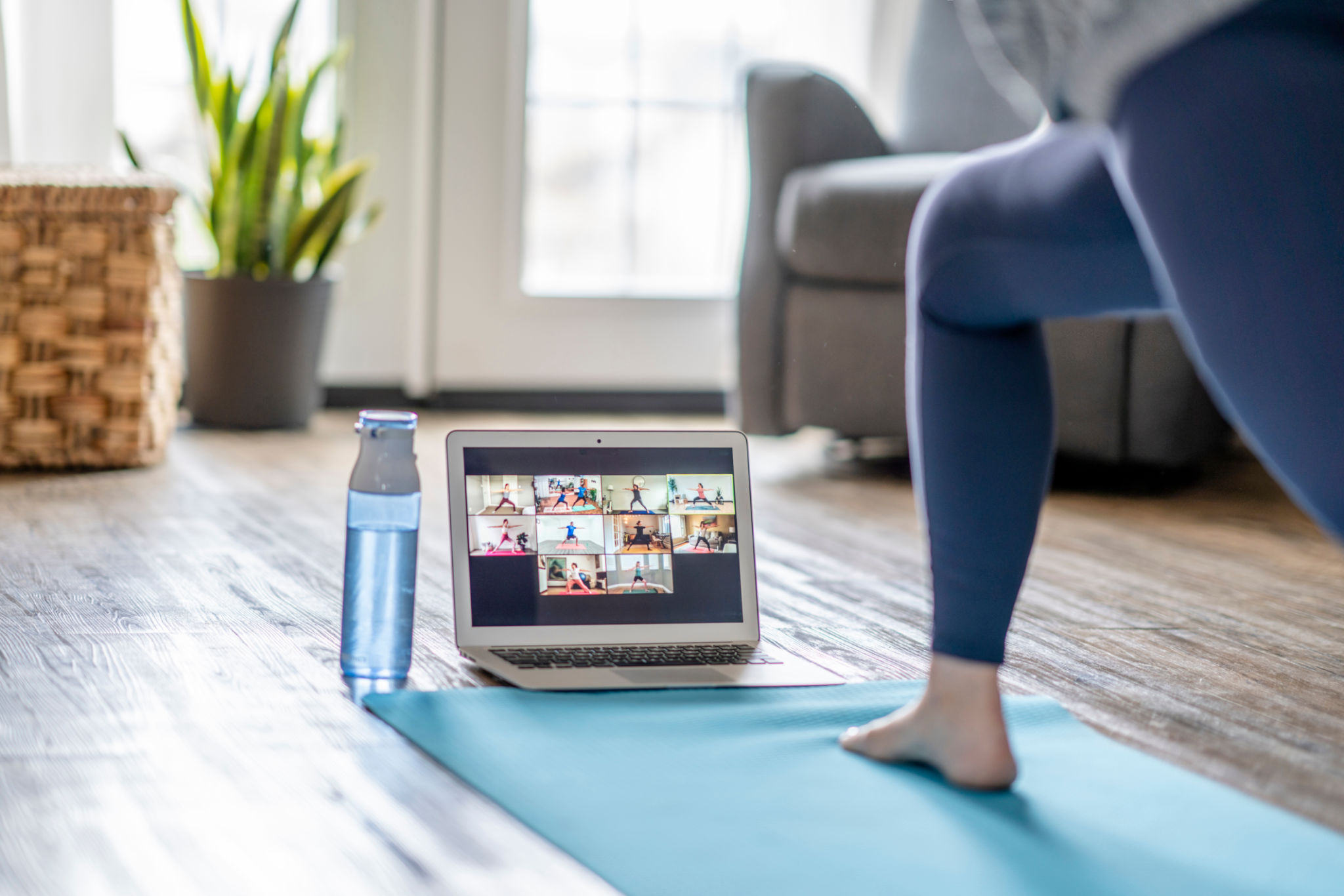How Often Should You Practice Pilates? A Comprehensive Guide
Understanding Pilates and Its Benefits
Pilates, a form of low-impact exercise, emphasizes core strength, flexibility, and overall body awareness. Developed by Joseph Pilates in the early 20th century, it has gained popularity for its ability to improve posture, balance, and coordination. Many people turn to Pilates for its rehabilitative benefits, as well as for maintaining physical fitness.
One of the appealing aspects of Pilates is its adaptability; it can be tailored to suit various fitness levels and goals. Whether you're recovering from an injury or looking to enhance athletic performance, Pilates offers a versatile workout option for everyone.

Determining Your Pilates Frequency
The frequency of your Pilates practice depends on several factors, including your fitness goals, current fitness level, and available time. Understanding how often you should engage in Pilates can help you maximize its benefits while avoiding burnout or injury.
Beginner Recommendations
For those new to Pilates, starting with two to three sessions per week is generally recommended. This frequency allows beginners to familiarize themselves with the fundamental movements and principles without overwhelming their bodies. Consistency is key to building strength and understanding the techniques properly.

Intermediate and Advanced Levels
As you progress in your Pilates journey, you may opt to increase your practice frequency. Intermediate practitioners might consider practicing three to four times a week, while advanced individuals could aim for five sessions weekly. At this stage, your body becomes more accustomed to the exercises, enabling you to push your limits further.
It's important to listen to your body and adjust your schedule according to how you feel. Overtraining can lead to fatigue or injury, so ensure you incorporate rest days into your routine.

Adapting Pilates to Your Lifestyle
Integrating Pilates into your lifestyle requires some planning, but it can be seamlessly adjusted to fit busy schedules. For those with limited time, even short sessions of 20-30 minutes can be beneficial. Online classes and home workouts provide flexibility, making it easier to practice whenever you have a spare moment.
Pilates doesn't require much space or equipment, so it's convenient for at-home practice. A mat and some comfortable clothing are all you need to get started.
Balancing Pilates with Other Activities
Incorporating Pilates into a broader fitness regimen can provide a well-rounded approach to health. Combining it with cardio workouts, strength training, or yoga can enhance overall physical fitness and prevent monotony. Variety keeps your routine exciting and challenges different muscle groups.
Ultimately, the key is to maintain a balance that suits your personal health goals and lifestyle. By finding the right frequency and mix of activities, you can enjoy the full range of benefits that Pilates has to offer.
